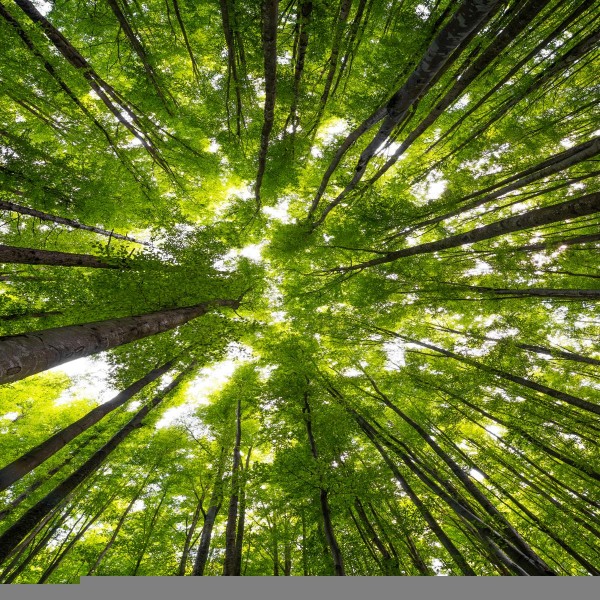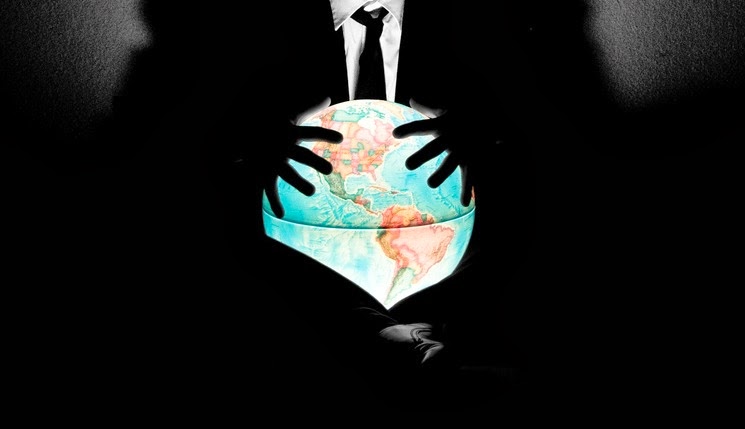
In just 20 years, over 1.2 million square miles of wild terrain has been destroyed – an amount of land that is twice the size of Alaska, the largest state (by land mass) in the United States. Central Africa and South America (most notably the Amazon) have been hardest hit by the decline in wilderness. South America has lost roughly 30 percent of its wilderness space in the last 20 years. Africa has experienced a 14 percent loss.
The team, led by James Watson of the Wildlife Conservation Society and the University of Queensland, mapped out where biologically and ecologically intact landscapes that were without any noteworthy human disturbances around the world were located. These areas are not necessarily uninhabited by people, but they are free of large-scale land conversions, industrial activities and other types of infrastructure development. Then, the researchers compared this new map of wilderness to a similar one from the 1990s, which was crafted using the same methodology.
According to the team, their work – which was aptly titled, "Catastrophic Declines in Wilderness Areas Undermine Global Environment Targets" – represents the first time global changes in wilderness area over time have been mapped out.
The researchers stated that their findings "underscore an urgent need for international policies to recognise the value of wilderness and to address unprecedented threats to it."
Professor William Laurance, a member of the research team from James Cook University, commented, "Environmental policies are failing the world's vanishing wildernesses.
"Despite being strongholds for imperiled biodiversity, regulating local climates, and sustaining many indigenous communities, wilderness areas are vanishing before our eyes."
The updated map drafted by the researchers indicates that some 30 million square kilometers of wilderness land has managed to remain intact. While that may sound like a lot of land, at 23 percent of the world's land area, there really isn't that much left to lose. The majority of the remaining wilderness is located in North America, North Asia, North Africa and Australia.
"The amount of wilderness lost in just two decades is both staggering and saddening. International policies are urgently needed to maintain surviving wilderness before it's too late. We probably have just one or two decades to turn this crisis around," said Professor Laurance.
Laurance also notes that once a wilderness area is lost, it almost never comes back. He states that the only option that remains is to do our best to preserve and protect the wilderness that we have left. Other researchers have echoed similar sentiments, such as Oscar Venter, study co-author and researcher at the University of Northern British Columbia. Venter commented, "You cannot restore wilderness … the only option is to proactively protect what is left.”
The study notes that while wilderness protection efforts have expanded over the last two decades, conservation has been lackluster overall. Since 1990, less than a million square miles of wilderness have been protected. Meanwhile, over a million square miles have been lost.
Wilderness is an incredibly important part of our world; it plays a valuable role in the global ecosystem. Rain forests cannot, and should not, be replaced with concrete industrial parks. Intact ecosystems –such as those found in the wilderness – regulate local and global weather; they create and absorb rainfall; they assist in the exchange of atmospheric gases; and forests help to absorb carbon.
To put it simply, wilderness areas are integral to the health of our planet, and we should all be doing more to protect these valuable assets in our environment.
Sources:
Please contact us for more information.























